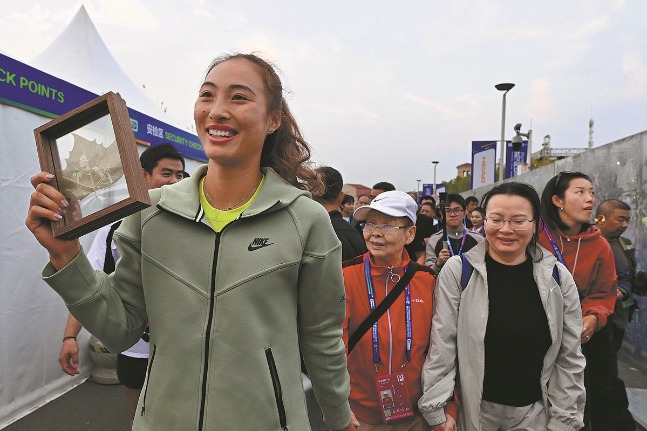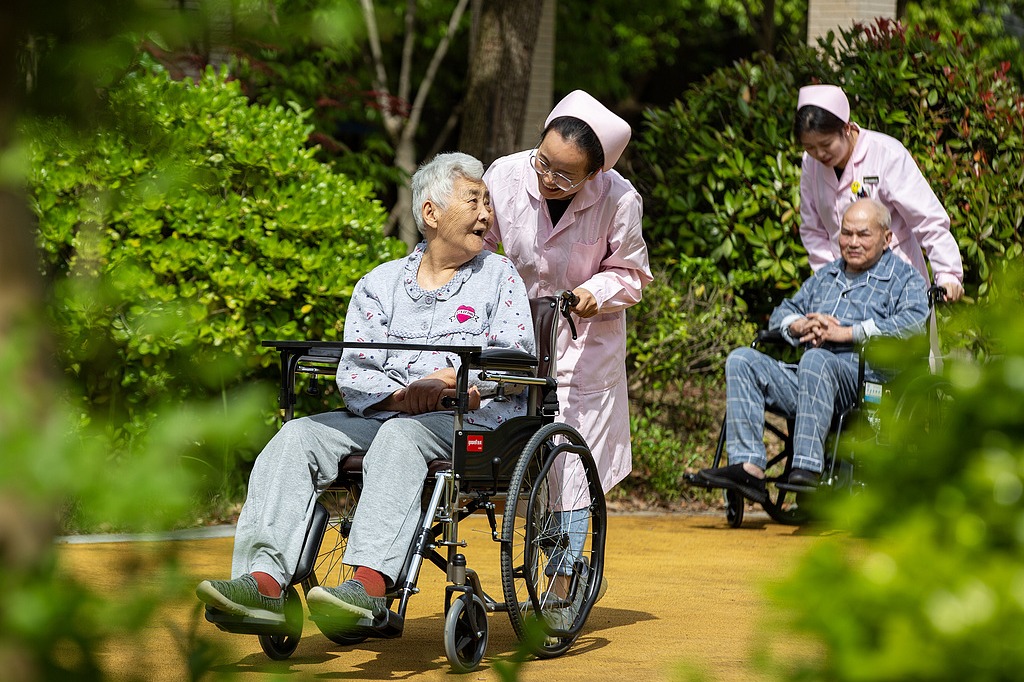Harbin's population falls below 10 million
By ZHOU HUIYING in Harbin | CHINA DAILY | Updated: 2022-05-26 09:46

The number of permanent residents in Harbin, capital of Heilongjiang province, has dropped to below 10 million, according to recent data.
The city's bureau of statistics recently released the 2021 Statistical Bulletin of Harbin Economical and Social Development, showing that the city had a permanent population of 9.885 million by the end of 2021, while data showed that the city's permanent population in 2020 was 10.009 million.
Harbin's decline means there is no city with a population of more than 10 million in Northeast China.
The city's registered population in 2021 was 9.432 million, a year-on-year decrease of 53,000. Among the registered residents, 55.8 percent are in urban areas.
"Harbin is a city with a large area and a large number of counties under its jurisdiction, meaning it has a large proportion of rural population," Yi Baozhong, a professor at the Northeast Asia Research Institute of Jilin University, told Chinese financial media outlet Yicai.
"The decrease of the total population of Harbin is mainly caused by the decrease in the population of the counties and county-level cities under its jurisdiction, while the population change of the main urban area is relatively small.
"It's not only cities in Northeast China. Some provincial capitals in other regions may also start to see falls in population in the coming years," Lu Jiehua, a professor of demographics at Peking University, told Red Star News. "The general trend is that people will flock to cities with relatively good economic development, and institutional and business environments."
After her son was admitted to Beijing Forestry University in 2021, Luan Wei quit her job as a manager in a media company in Harbin and took a job at an education and training institution in the capital.
"I had received several offers from companies in cities including Beijing and Shanghai in recent years, but it was hard for me to make the final decision to leave my hometown and my family," said Luan.
"However, my son's admission letter helped me to decide to move to Beijing.
"During the past year's work in Beijing, I found there are more opportunities and a larger development space here," she said.
Heilongjiang is striving to solve the problem of the outflow of people and the decrease in population with measures like cultivating industries, setting up enterprises and increasing employment opportunities, according to the local government.
"Population is a strategic issue concerning the revitalization and development of the province," Xu Qin, the provincial Party secretary, said at a conference in February. "We need to formulate a plan for long-term, balanced population development in an integrated manner, and ensure that population planning is linked to economic and social development plans."
Statistics from Harbin show that citizens aged 60 or above numbered 2.345 million in 2021, representing 24.9 percent of its population. In addition, the birthrate stood at 3.9 births per 1,000 people and the mortality rate at 5.9 deaths per 1,000. This indicates the trend of an aging society.
In January, Ning Jizhe, who at the time was head of the National Bureau of Statistics, said that the declining number of births is driven by multiple factors, including the declining number of women of childbearing age, low willingness among young people to have babies and the impact of the epidemic.
"I don't care about the policy that all couples will be allowed to have up to three children, because I have no plan to even have a second child," said Ma Li, 39, a college teacher in Harbin. "Since my son was born 10 years ago, I have been trying my best to bring him up, which takes up most of my time and energy.
"Furthermore, both of my parents are over 70 years old with health conditions," she said. "Instead of helping me take care of my child, they need me more."
zhouhuiying@chinadaily.com.cn
























